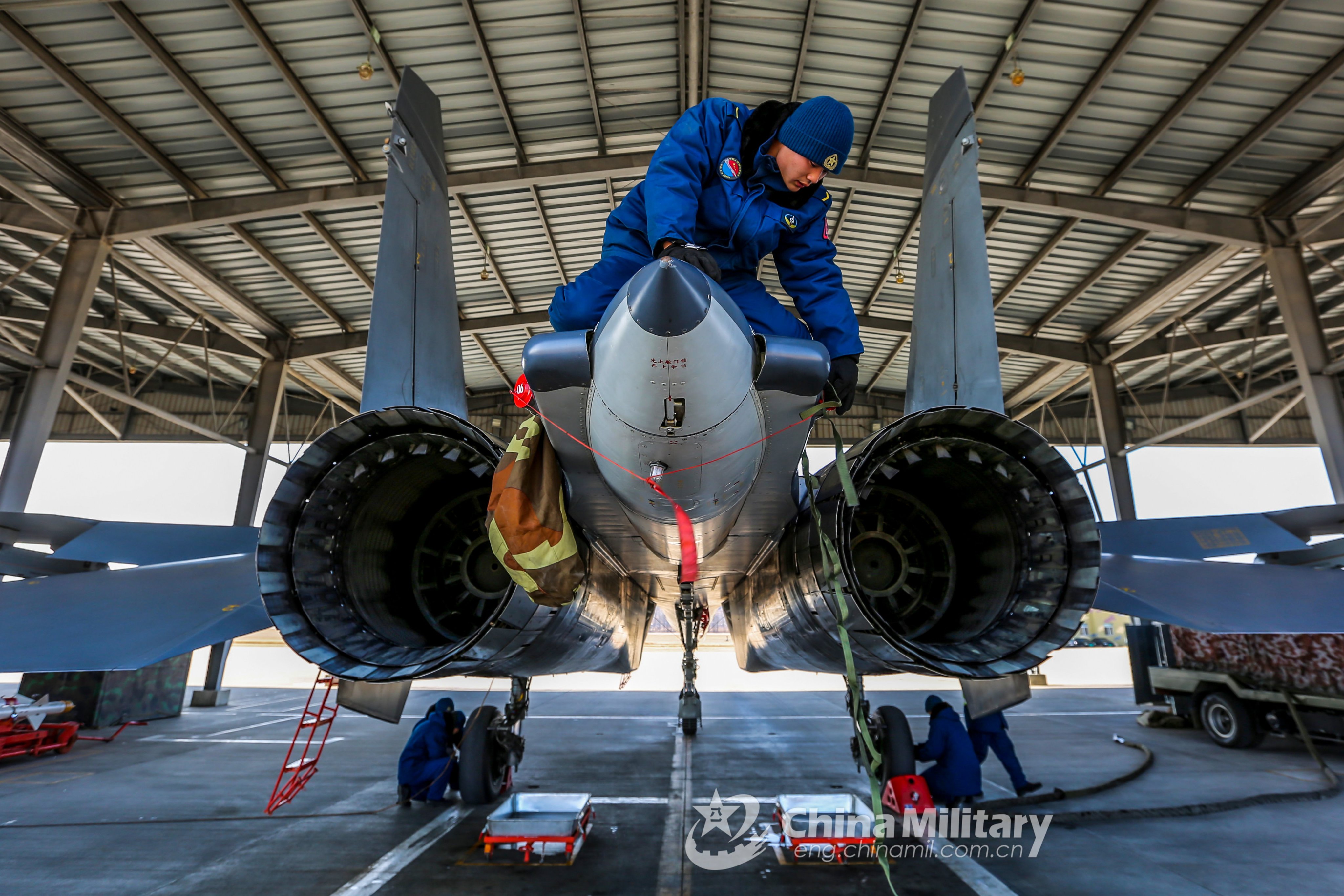Shark Fighter Jet - This photograph of the gallant Lieutenant Neville Bowker inspired the nose art that became inextricably associated with the Flying Tigers.
It wasn't a smile. It is rather a mockery of a predator. Razor teeth, a wagging tongue and a look of black, dead eyes from 300 yards away, directed at where the fighter's guns were. The nose of the plane features a face of aggression, a bit of psychological warfare designed to intimidate, created with a few ounces of aluminum-coated paint.
Shark Fighter Jet
The legendary World War II group of American volunteers, the Flying Tigers, made shark mouths famous, but they weren't the first to paint them on airplanes. During World War I, some German pilots painted their eyes and covered their mouths in their Roland C.II reconnaissance planes. They called their fat-bellied biplanes Roland
Ryan F2r 'dark Shark'; Aircraft \
(Pope). This nose design is humorous and seems appropriate for such a pot-bellied car. It seemed to be an expression of grim determination rather than genuine vehemence. Soon someone decided to add an open mouth and triangular teeth to the ensemble, grinning on one of the planes.
No good idea stays a secret for long. A number of cars from WWI and beyond continued this motif, appearing in Newpores, Sopwiths and later Messerschmitts to name but a few.
Greeting visitors as they enter the National Air and Space Museum's Stephen F. Udvar-Haisey Center, the Curtiss P-40E wears the face of a shark but is not a Flying Tiger. The plane was painted in the colors of the 23rd Fighter Group of the 14th Air Force, which in 1942 took over the mission — and some of its pilots and planes — of the Flying Tigers.
And then came the Curtiss P-40. Straight from the factory, the fighter looks like a formidable maw thanks to the massive inlet cowling that sits just below the nose. Today, it is hard to imagine the Tomahawk without its hungry jaws. Even a three-year-old will tell you, "That's a flying tiger," and the inner contradiction of a shark-faced tiger seems to matter no matter who. But not all shark-faced World War II P-40s were Flying Tigers.
F 5 Tigershark
When American pilots fought in World War II, Royal Air Force aircraft were veterans of the war for nearly two years. The Americans used much of the British theory on how to fight effectively in the air, and also took other things, including 100 Tomahawk fighters that had been assigned to the British. The aircraft was an AVG aircraft.
The archetypal shark mouth as we know it today first appeared on the nose of No. 1 Squadron RAF Tomahawks. 112, War in North Africa. The "Shark Squadron" received Curtiss fighters in July 1941. The nose of the squadron underwent many changes before the British pilots settled on the final design. The main shark appeared when 112 Squadron served in Egypt.
That year, in another part of the world - in a Baptist missionary home in Tung, Burma, to be exact - AVG pilot Charles Bond was bored with the afternoon talks. Took a copy of November 2, 1941 from v
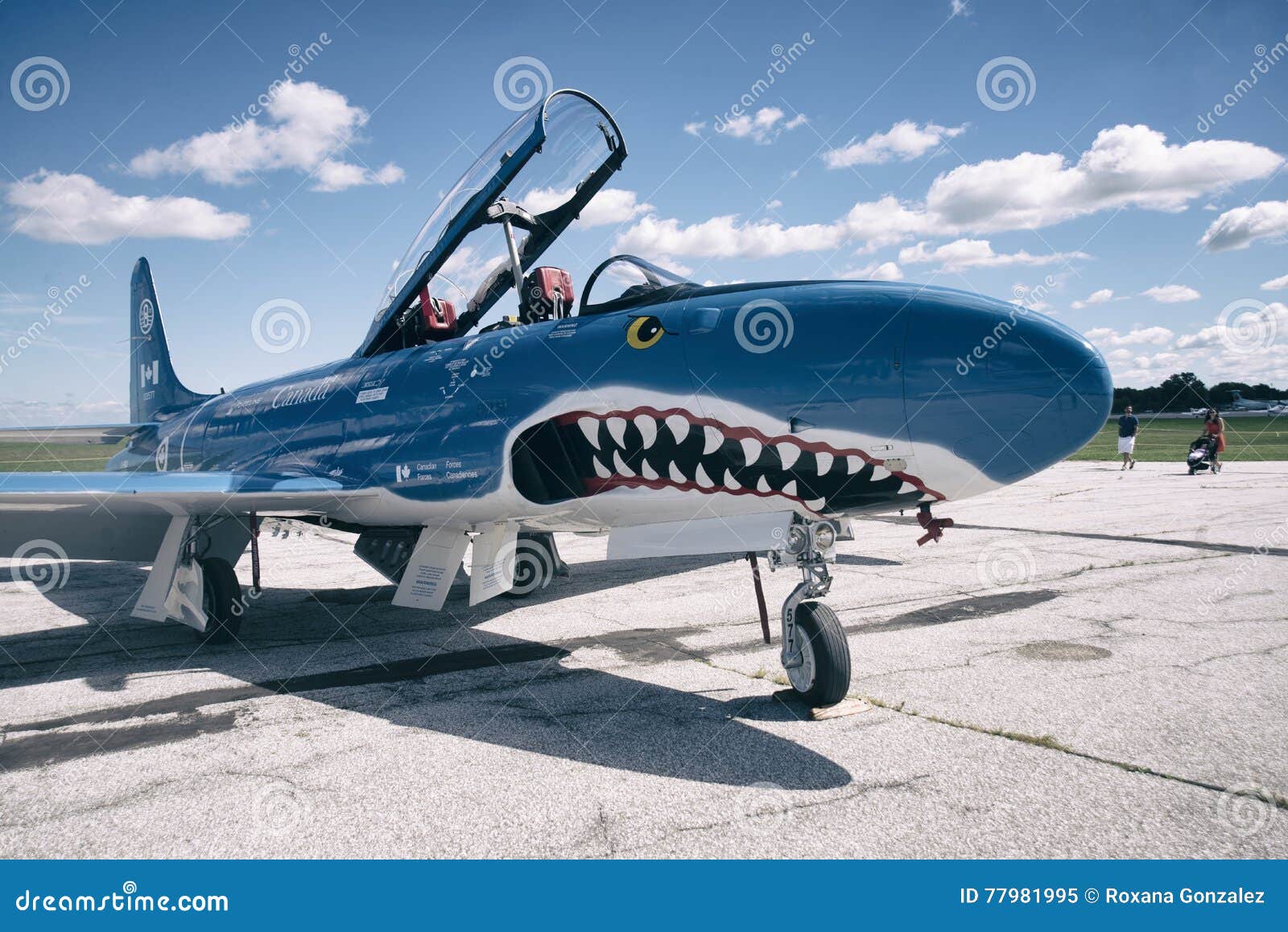
And saw on the cover a photograph of a pair of 112th Squadron Tomahawks. South African Lt. Neville "Bowkes" Bowker is pictured standing on the wing of a British Tomahawk Mk. 1 under the title "Threat". But what Bond likes most is the fighter's eyes and monstrous teeth.
Embraer Unveils Shark Faced E190 E2 Commercial Jet In India
"Yes!" he wrote in his diary: “I want my P-40 to look like this! I was discussing this with someone and they thought it was great. Bond had hoped to mark all the fighters of 1 Pursuit Squadron with this design, but AVG Commander Claire Chennault said no. Instead, he wanted every plane in the entire group to carry a nameplate. The next day, Bond wrote in his diary: “November 16, 1941. Today was very painful. I guess it goes from pedaling in the city to painting to lifting a plane.
Soon many pilots and ground crew arrived. After spending several days painting what looked like British designs and then painting the teeth and eyes on each plane, the crew stepped back to admire their work. AVG pilot and memoirs of R.T. Smith probably spoke for all the Flying Tigers when he said, "It looks like hell."
Corey Graff is an aviation museum curator, exhibit developer and author of 10 books. Recent aviation titles include P-51 Mustang: 75 Years of America's Most Famous Warbird, Zenith Press, 2015. Two crossed lines form an "X". This shows how to close the interaction or remove the notification.
Chevron Main icon It shows a section or menu that can be expanded or sometimes previous/next navigation options. Military Affairs and Defense
Flying The 'american Dream'
Twitter icon: stylized bird with open mouth, chirping. LinkedIn icon Twitter The word "in". LinkedIn Flipboard Icon, Letter F Style. Facebook Flipboard Icon, Letter F. Facebook Email Icon, Envelope. This shows the ability to send emails. Email Icon Link Image Chain Link. This represents the URL of the link to the site. Copy the link
An A-10 Thunderbolt II attack aircraft with a shark tooth pattern at Kandahar Airfield in Afghanistan. US Air Force
There's the regular A-10 Thunderbolt II attack aircraft, as well as what a US Air Force squadron commander calls "the coolest A-10." Those planes are chasing the fierce battle coloration of a shark's tooth, he said.
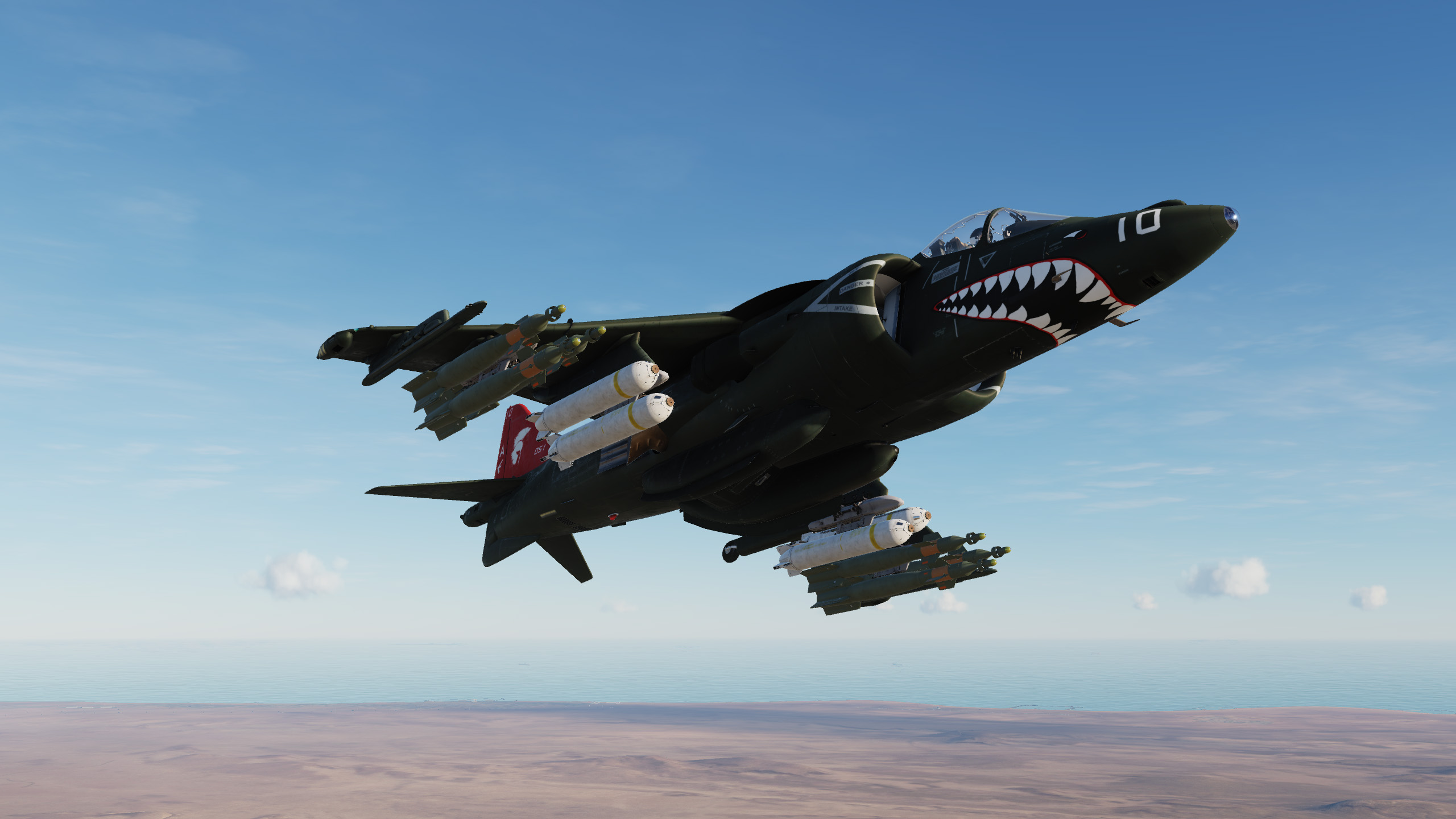
"It's not just the A-10 that has shark teeth," said the lieutenant. Col. Matthew Shelley, an experienced A-10 pilot and commander of the 74th Fighter Squadron, told Insider. It was only the 74th and 75th Fighter Squadrons of the 23rd Fighter Group and the 76th Fighter Squadron, once part of the 23rd and now a reserve unit, at Moody Air Force Base, that flew the Shark's Teeth.
World War 2 Curtiss Kittyhawk Fighter Plane With `shark`s Teeth` Nose Editorial Stock Photo
For example, in 2015, the Air Force Reserve's 442nd Fighter Wing at Whiteman Air Force Base in Missouri gave its A-10 Warthog tusk teeth after an aircraft maintenance technician asked, "Why don't we have teeth?"
Flight 79-123 was the first A-10 Thunderbolt II to fly out of the 442nd Fighter Wing at Whiteman AFB, Missouri, to get its teeth. US Air Force
The shark mouth livery for the A-10 is unique to the 74th, 75th and 76th Fighter Squadrons as the iconic design is directly linked to the history and heritage of the three original Flying Tiger squadrons of the 23rd Fighter Group.
U.S. Air Force Senior Airman Brandon Hill, 74th Aircraft Maintenance Wing Special Crew Chief, guides Lt. Col. Matthew Shelley, 74th Fighter Squadron commander, at Moody Air Force Base, Ga., June 26, 2021. U.S. Air Force photo by Staff Sgt. . Melanie A. Buelow-Gonterman
Shark Nose By The Ruptured Duck On Deviantart
For many fighters of the Second World War, this conflict marked the golden age of the art of military aviation. Designs range from teeth to pin-up models to cartoon characters.
The design on the Curtiss P-40, an Allied fighter and attack aircraft, lent itself to the shark's mouth design.
The first P-40s with "shark mouth" combat livery were Tomahawks of the Royal Air Force of Great Britain. The design was later adopted by the Americans and featured on American P-40s known as Warhawks.
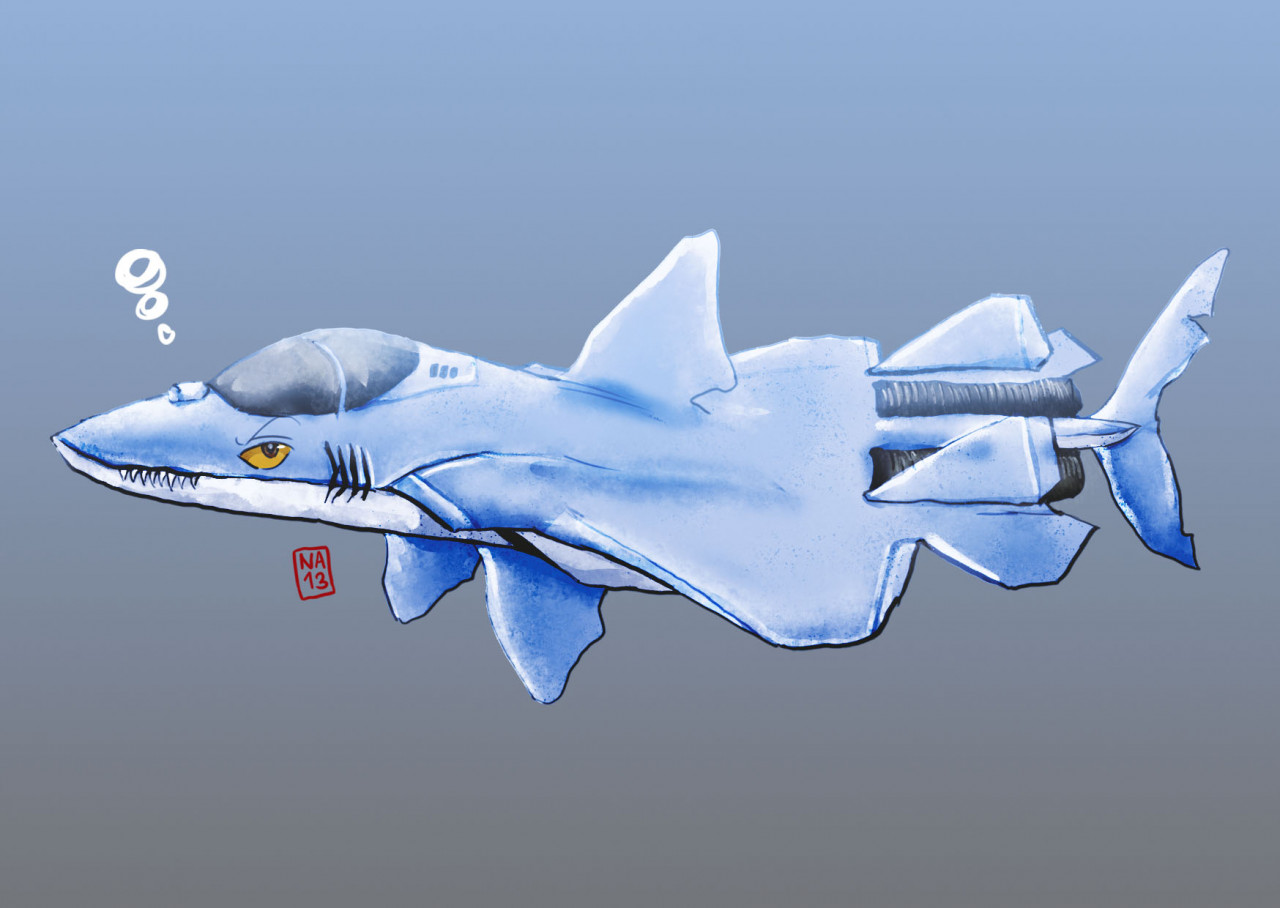
For America, shark art "started with the American Volunteer Group, which eventually became the 23rd Killing Group," Shelley said.
Curtiss P 40 Kittyhawk Shark Squadron Tribute Looks Ready To Bite
A P-40 Warhawk painted in the colors of the American Volunteer Group (Flying Tigers) at the 2018 Online Show. US Air Force photo by Master Sgt. Mark S. Olsen
The American group of volunteers, commanded by Claire Chenault, is better known as the "Flying Tigers".
The group, which defended China against Japan, was activated prior to America's entry into World War II and saw combat shortly after the United States declared war on Japan.
The group was organized into the Chinese Air Force and flew under the flag of the Republic of China. It only operated for about a year before being disbanded, but during that time it shot down 297 enemy aircraft, according to the US Air Force.
A Chinese Soldier Guards A Line Of American P 40 Fighter Planes, Painted With The Shark Face Emblem Of The \
This act made him a legend. "They did it with a P-40," Shelley said. And, "if you look at World War II P-40s, almost every picture you see has a shark's face," he said.
After the American Volunteer Group was disbanded in the summer of 1942, the 23rd Fighter Group, established as the US Air Force's 23rd Pursuit (Interceptor) Group, took some of the group's officers, pilots, and technical staff and took over. nicks and missions in the Sino-Burmese-Indian area of operations.
The 23rd Fighter Group included the 74th, 75th, and 76th Fighter Squadrons and was a component of the China Air Task Force commanded by Chennault and later the Fourteenth Air Army.
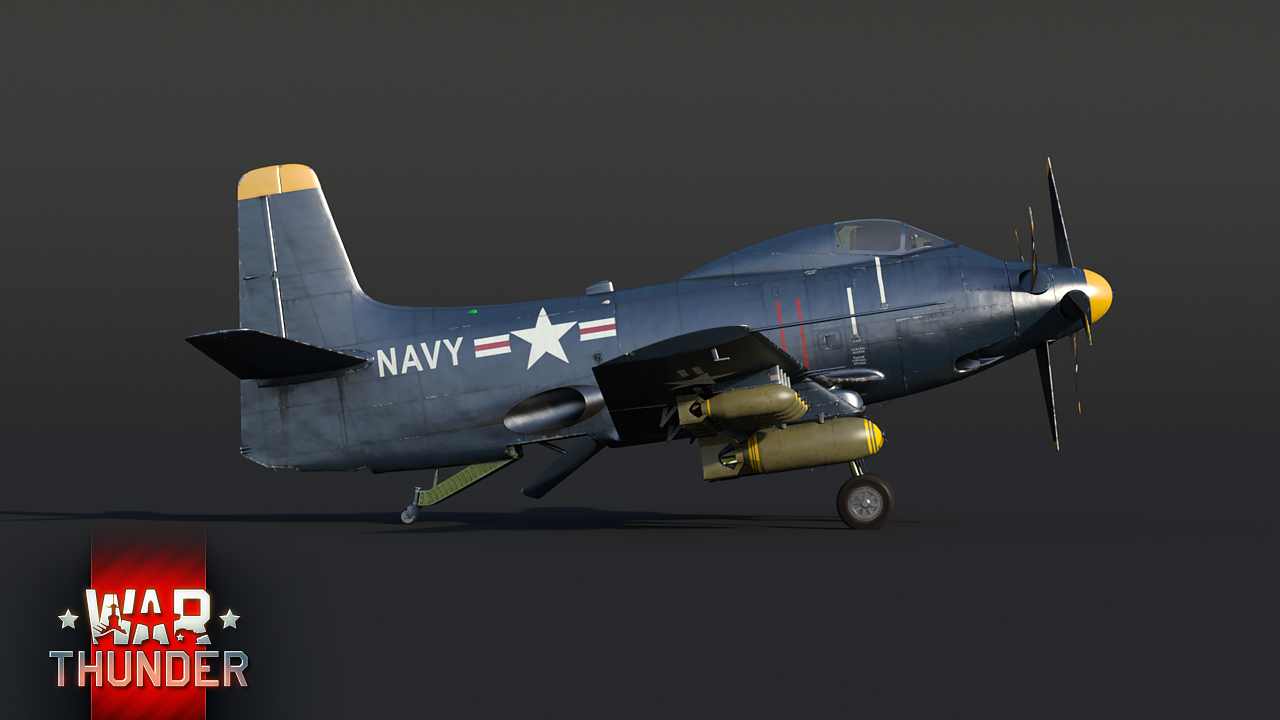
- The squadron is at Moody now, - said Shelly. "We all trace our lineage back to the World War II American Volunteer Group that had shark teeth."
Oregon Military Department News Via Flashalert.net
The 74th and 75th Fighter Squadrons are still in service
Second degree assault washington state, 2nd degree assault sentence, 2nd degree aggravated assault, 2nd degree assault mn, 2nd degree assault, 2nd degree assault definition, 3rd degree assault washington state, 4th degree assault washington state, 2nd degree felony assault, 4th degree assault washington, what is assault 2nd degree, 2nd degree assault charges
